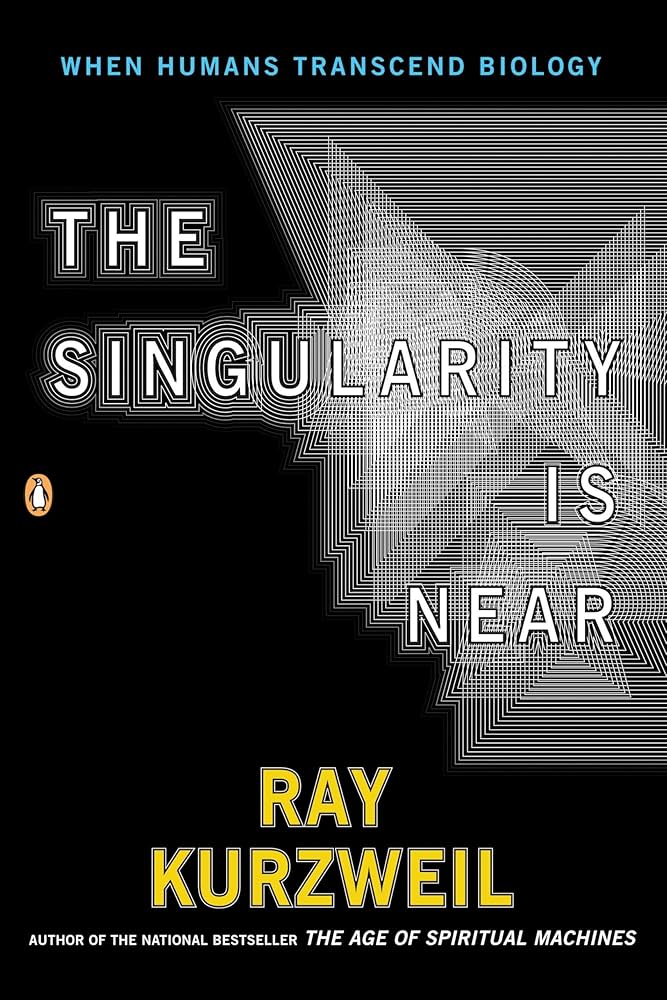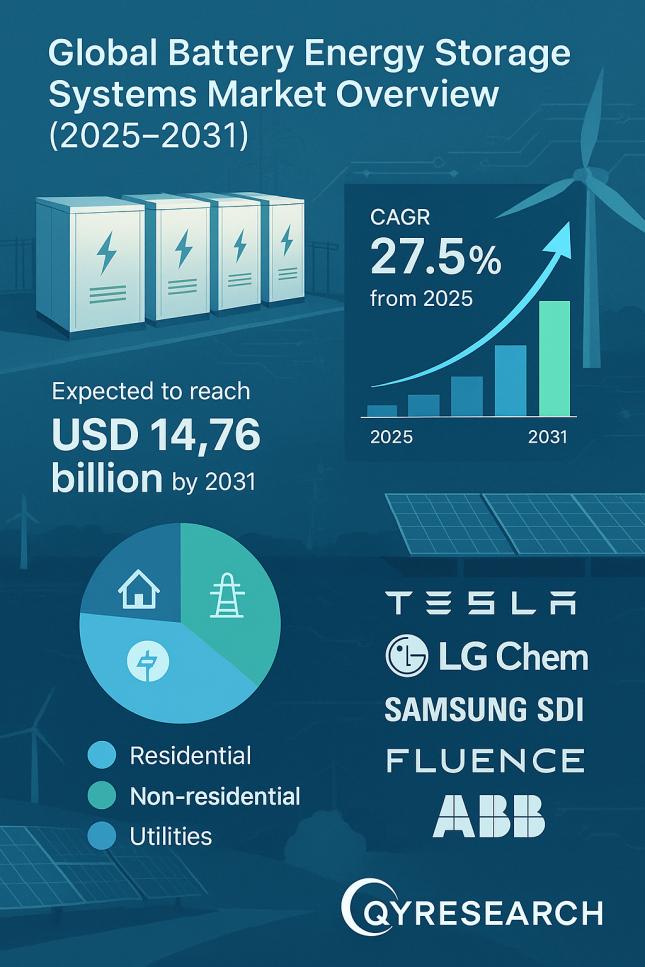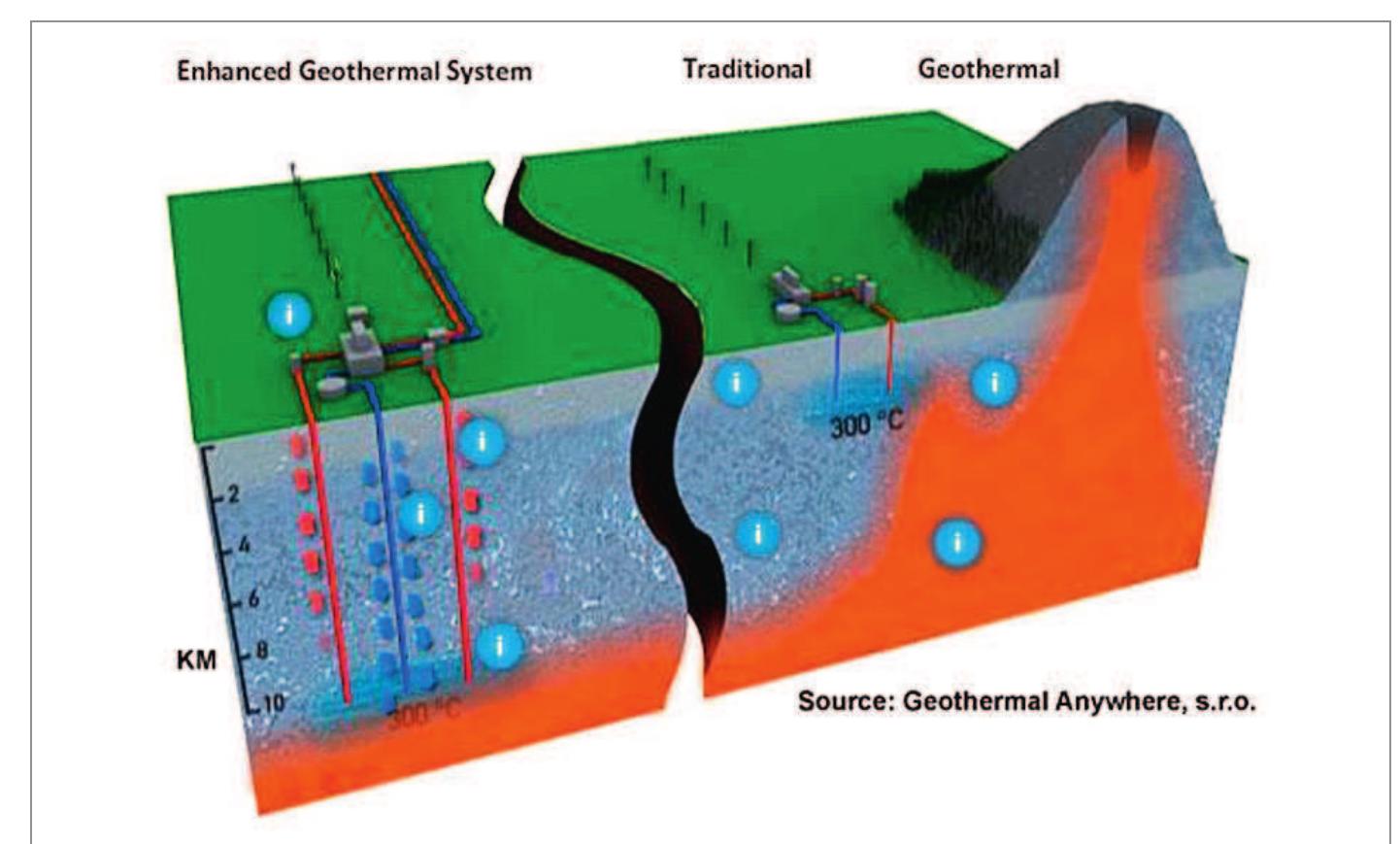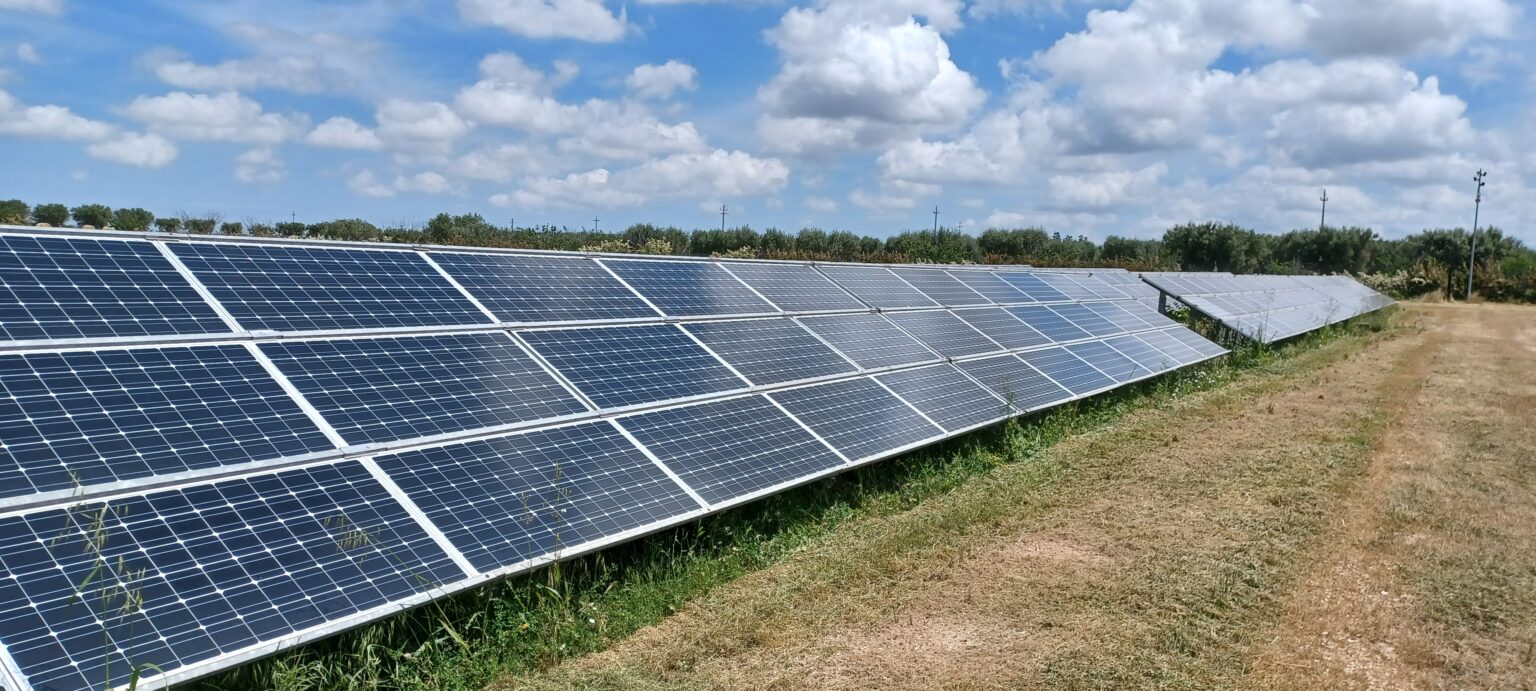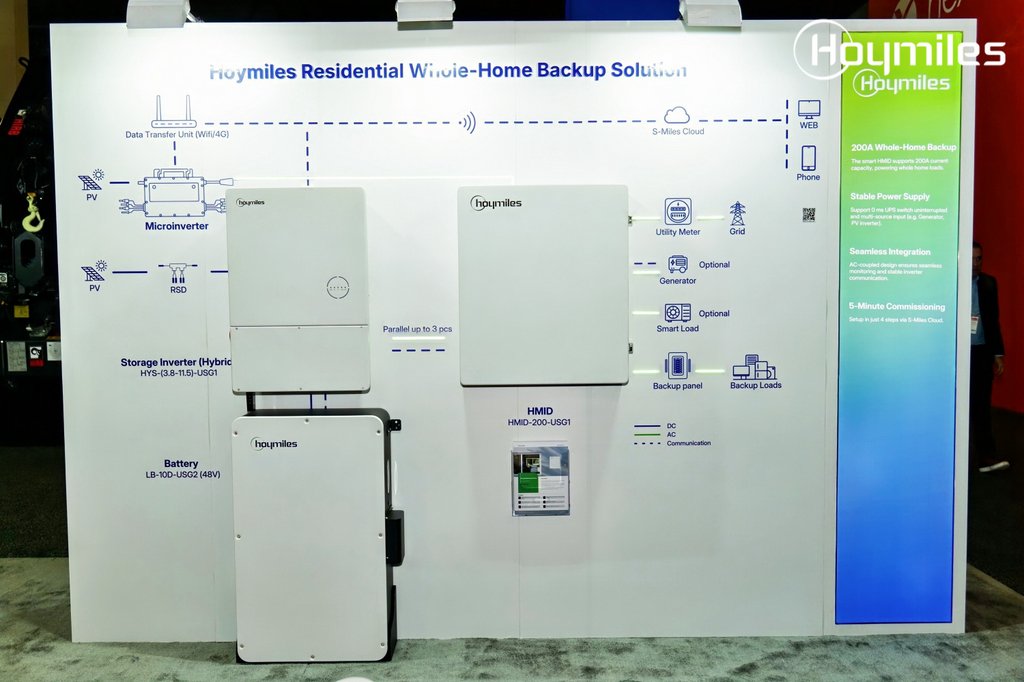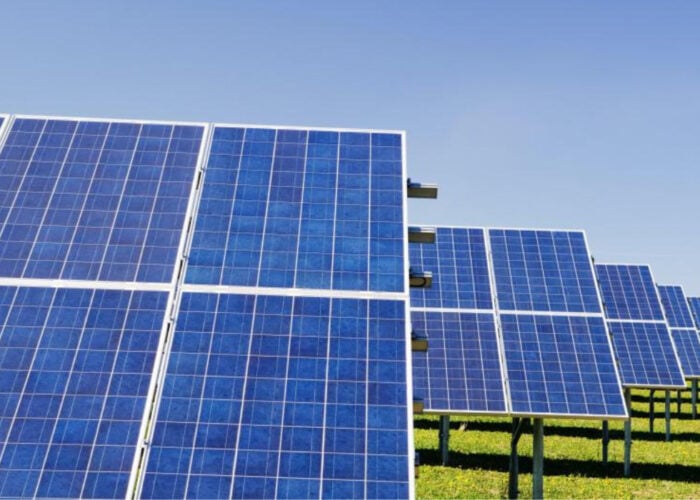Report on the Suspension of the Revolution Wind Project and its Implications for Sustainable Development Goals
Executive Summary
The United States federal government has ordered a halt to the construction of the Revolution Wind offshore project, a renewable energy initiative approximately 80% complete. This action directly impacts the nation’s progress toward key Sustainable Development Goals (SDGs), particularly SDG 7 (Affordable and Clean Energy) and SDG 13 (Climate Action). The suspension, based on unspecified national security concerns, creates significant uncertainty for the U.S. renewable energy sector and conflicts with established climate and sustainability objectives.
Project Status and Suspension Mandate
- Project Developer: Orsted
- Project Name: Revolution Wind
- Location: Offshore, 15 miles south of the Rhode Island coast
- Capacity: Designed to power over 350,000 homes in Rhode Island and Connecticut
- Construction Status: Approximately 80% complete, with 45 of 65 turbines installed
The Bureau of Ocean Energy Management (BOEM) issued a stop-work order, citing the need to review the project and “address concerns related to the protection of national security interests.” This decision was made despite the project having previously cleared extensive federal and state reviews.
Analysis of Impact on Sustainable Development Goals (SDGs)
The suspension of this major renewable energy project presents a significant setback to the achievement of several interconnected SDGs:
- SDG 7 (Affordable and Clean Energy): The halt directly obstructs the goal of increasing the share of renewable energy in the national energy mix. The project was poised to become a cornerstone of clean energy infrastructure for two states, contributing to a more sustainable and resilient power grid.
- SDG 13 (Climate Action): The decision runs counter to the urgent climate action required to mitigate the effects of climate change. As scientists globally affirm, a rapid transition to renewable energy sources like wind power is essential to reduce greenhouse gas emissions and prevent severe climate impacts such as extreme weather events.
- SDG 8 (Decent Work and Economic Growth): The project employed hundreds of skilled workers. The cessation of construction jeopardizes these jobs and hinders economic growth within the burgeoning green economy, undermining progress toward sustainable and inclusive economic development.
- SDG 9 (Industry, Innovation, and Infrastructure): Revolution Wind represents a critical piece of modern, sustainable infrastructure. Halting its development impedes innovation in the clean energy sector and delays the establishment of infrastructure necessary for a low-carbon future.
- SDG 11 (Sustainable Cities and Communities): For densely populated states like Rhode Island and Connecticut with limited space for land-based projects, offshore wind is crucial for making communities more sustainable. The project’s delay compromises their ability to meet climate goals and ensure access to sustainable energy for their citizens.
Stakeholder Reactions and Conflicting Priorities
Support for Project Continuation
- State Governments: The governors of Rhode Island and Connecticut have condemned the decision as arbitrary and have committed to pursuing all available avenues to reverse it, emphasizing the project’s critical role in their states’ climate strategies.
- Project Developer: Orsted is currently assessing the financial and legal ramifications, highlighting a disruption to international partnerships for sustainable development (SDG 17).
- Environmental Advocates: The Natural Resources Defense Council criticized the administration’s policy for hindering the growth of wind and solar power while supporting polluting fossil fuels, a move inconsistent with global sustainability efforts.
Support for Project Suspension
- Federal Administration: The action is consistent with a stated policy of prioritizing fossil fuels and expressing skepticism toward renewable energy projects.
- Opposition Groups: The nonprofit Green Oceans applauded the decision, citing a mission to “preserve the fragile ocean environment,” which introduces a counter-perspective related to SDG 14 (Life Below Water).
Analysis of the Article in Relation to Sustainable Development Goals
1. Which SDGs are addressed or connected to the issues highlighted in the article?
-
SDG 7: Affordable and Clean Energy
- The article’s central theme is the development of an offshore wind project (“Revolution Wind”), a form of renewable and clean energy. It discusses the project’s potential to power homes and its contribution to the national electricity supply, directly aligning with the goal of ensuring access to clean energy.
-
SDG 13: Climate Action
- The article explicitly states that the U.S. offshore wind industry is “crucial to the urgent fight against climate change.” It mentions that scientists agree nations must “rapidly embrace renewable energy to stave off the worst effects of climate change,” linking the wind project directly to climate change mitigation efforts.
-
SDG 8: Decent Work and Economic Growth
- The economic impact and job creation aspect of the project are highlighted. The article notes that the “Revolution Wind” project “employed hundreds of skilled tradesmen and women,” indicating its contribution to employment and economic activity in the green energy sector.
-
SDG 9: Industry, Innovation, and Infrastructure
- The offshore wind farm represents a significant investment in modern, sustainable energy infrastructure. The article discusses the construction of this large-scale project, which involves innovative technology to build a more resilient and environmentally sound energy system.
-
SDG 16: Peace, Justice, and Strong Institutions
- The article details a conflict in governance and policy-making. The federal administration’s decision to halt a project that had already cleared “years of federal and state reviews” and is supported by state governors points to challenges in institutional coherence, transparency, and predictable policy-making for sustainable development.
2. What specific targets under those SDGs can be identified based on the article’s content?
-
Target 7.2: By 2030, increase substantially the share of renewable energy in the global energy mix.
- The article directly relates to this target by discussing the role of wind power, which already provides “about 10% of the electricity generated in the nation.” The “Revolution Wind” project was intended to further increase this share, and its halt is described as a “major setback” for this goal.
-
Target 13.2: Integrate climate change measures into national policies, strategies and planning.
- This target is highlighted by the policy conflict described in the article. While scientists and state governors view the wind project as a key climate measure, the Trump administration’s actions to “prioritize fossil fuels and hinder renewable energy projects” demonstrate a failure to integrate, and in fact a reversal of, climate change measures in national policy.
-
Target 8.5: By 2030, achieve full and productive employment and decent work for all women and men…
- The article connects the wind farm project to this target by stating it “employed hundreds of skilled tradesmen and women.” The decision to stop construction directly impacts these jobs and the potential for future employment in the renewable energy sector.
-
Target 9.4: By 2030, upgrade infrastructure and retrofit industries to make them sustainable… with greater adoption of clean and environmentally sound technologies…
- The “Revolution Wind” project is a clear example of upgrading energy infrastructure with clean technology. The article describes it as a “commercial-scale offshore wind farm” designed to meet the climate goals of densely populated states, directly aligning with the aim of this target.
-
Target 16.6: Develop effective, accountable and transparent institutions at all levels.
- The article implies a challenge to this target. The federal government halted the project citing unspecified “national security interests” after it had already passed extensive reviews. This lack of a clear, specified reason raises questions about the transparency and accountability of the decision-making process.
3. Are there any indicators mentioned or implied in the article that can be used to measure progress towards the identified targets?
-
Share of renewable energy in the electricity mix
- The article provides a specific data point that serves as an indicator: “Wind power… provides about 10% of the electricity generated in the nation.” This figure can be used to track progress towards Target 7.2.
-
Renewable energy generation capacity
- An indicator of the project’s scale and contribution to clean energy is its capacity, described as being “capable of powering more than 350,000 homes.” This measures the direct impact on providing clean energy to communities.
-
Investment and development in clean energy infrastructure
- The physical progress of the project serves as an indicator. The article states the project is “about 80% complete, with 45 out of its 65 turbines already installed.” These numbers quantify the level of development and investment in sustainable infrastructure.
-
Number of jobs created in the renewable energy sector
- The article implies an indicator for Target 8.5 by mentioning that the project “employed hundreds of skilled tradesmen and women.” This points to job creation as a measurable outcome of green energy projects.
-
Number of renewable energy projects approved or halted by policy decisions
- The article implies this as an indicator of institutional support for climate action (Target 13.2). It notes this is the “second major offshore wind project the White House has halted,” which can be tracked as a negative indicator of progress.
4. Table of SDGs, Targets, and Indicators
| SDGs | Targets | Indicators |
|---|---|---|
| SDG 7: Affordable and Clean Energy | 7.2: Increase substantially the share of renewable energy in the global energy mix. |
|
| SDG 13: Climate Action | 13.2: Integrate climate change measures into national policies, strategies and planning. |
|
| SDG 8: Decent Work and Economic Growth | 8.5: Achieve full and productive employment and decent work for all. |
|
| SDG 9: Industry, Innovation, and Infrastructure | 9.4: Upgrade infrastructure… to make them sustainable… with greater adoption of clean… technologies. |
|
| SDG 16: Peace, Justice, and Strong Institutions | 16.6: Develop effective, accountable and transparent institutions at all levels. |
|
Source: fortune.com
